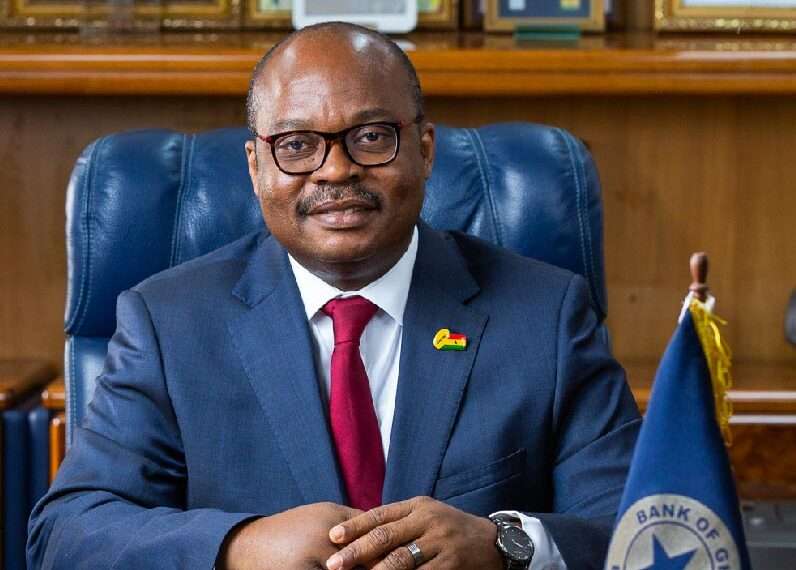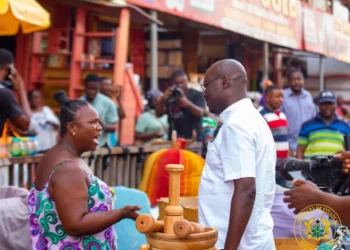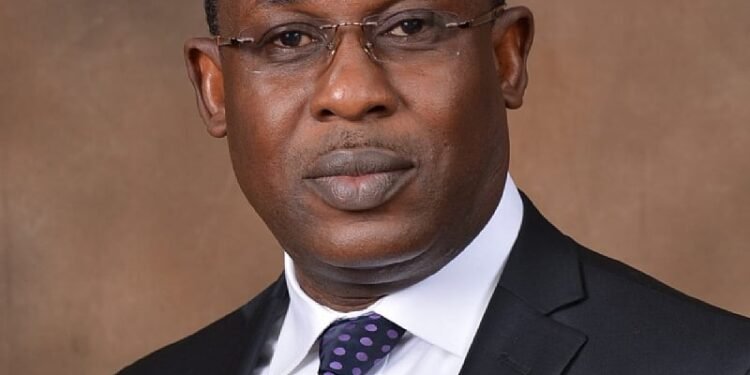The Bank of Ghana in its Frequently Asked Questions (FAQs) on the Bank’s 2022 Published Annual Report and Financial Statements has explained why it reported a loss of GHC 60.8 billion.
According to the Central Bank, the main reason for this huge loss is the impairment of the holding of marketable Government stocks and non-marketable instruments of Government all being held in the books of the Bank of Ghana. It noted that this stock of Government instruments has been built over the years. In addition, the Bank of Ghana’s (BoG’s) exposure to COCOBOD, which has been built over the years, was also impaired.
“As we all know, the Government of Ghana embarked on both domestic and external debt restructuring. The holdings of Government instruments and COCOBOD exposures were all part of the perimeter of the debt exchange. Whereas all other stakeholders that participated in the Domestic Debt Exchange (DDEP) did not have principal haircuts, but rather had new instruments with new tenors and coupon structure, the BoG, served as the loss absorber to the entire debt exchange program, a key requirement that allowed the Government of Ghana to meet the threshold for the approval of the IMF program.
“As a result, the BoG had to take on a 50 percent principal haircut on the total principal (which stood at GHC 64.5 billion at the time of the exchange). Consequently, BoG had new instruments with extended tenor and significantly reduced coupon. By applying the full requirements of IFRS 9, this means that from the principal alone, a 50 percent haircut on the non-marketable amounted to a loss of GHC32.3 billion. Restructuring of marketable instruments amounted to a loss of GHC16.1 billion.”
Bank of Ghana
The BoG further clarified that the impairment from exposure to COCOBOD also amounted to GHC 4.7 billion. These three DDEP items (i.e., marketable, non-marketable and COCOBOD), it said, accounted for GHC53.1 billion out of the total loss of GHC 60.8 billion for 2022. “In addition to these three items, price and exchange rate valuation effects accounted for GHC 5.2 billion of the total loss, whereas interest expense on cost of monetary policy operation accounted for GH3.3 billion,” it said.
“In the Financial Statements, we see a loss of GHC 60.8 billion and a negative equity position of GHC 55.1 billion. What is the difference between these two numbers? Normally when profits or losses of institutions are declared, they are posted to a General Reserve Fund Account. The equity (also known as shareholders’ funds) is defined to include the minimum stated capital and General Reserves. In this instance, the GHC 60.8 billion loss was posted to the general reserve account which had some positive balances. The loss, together with the positive balances in the General Reserve Account resulted in an overall negative equity of GHC 55.1 billion.”
Bank of Ghana
Capital of The Bank of Ghana Reported at GHC 10 million
The Central Bank also seized the opportunity to explain why it said the financial statement that the stated capital of the Bank of Ghana is reported at GHC 10 million. It said “Is this adequate for an institution like the Bank of Ghana with such a huge responsibility. The Bank of Ghana, as we all know, is not a typical profit-making institution and the extent of its capitalization doesn’t necessarily determine its policy solvency—meaning its ability to deliver on its mandate of price stability, and in addition, promote financial stability”.
“That said, every institution should be concerned about negative equity and at a point in time, capitalization of central banks is critical, otherwise a sustained period of negative equity could undermine its credibility. Based on the assessment of the external auditors, and the IMF, even though BoG would have a significant negative equity based on the huge impairment from 2022, structures are in place to ensure that the BoG remains policy solvent and well able to deliver on its primary mandate.”
Bank of Ghana
BoG noted that structures and actions have been identified (including where needed, recapitalization by Government) over the next 5 years to return the Bank to positive equity. During that period, it is assessed that the Bank will continue to remain policy solvent and discharge its mandate effectively, it said.
READ ALSO: More than GH¢7 million Cocoa Fertilizer Cash Missing- Auditor General’s Report





















